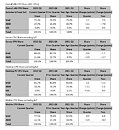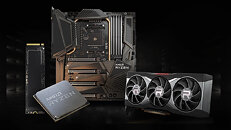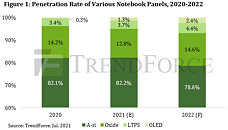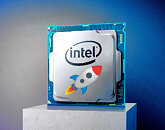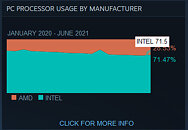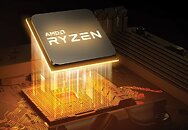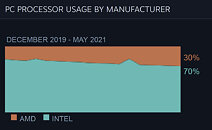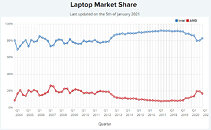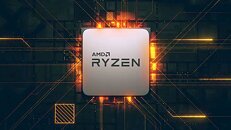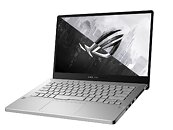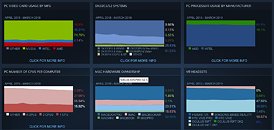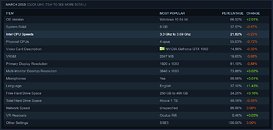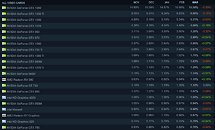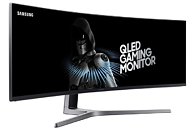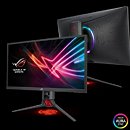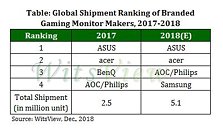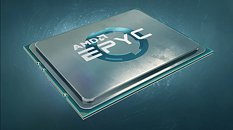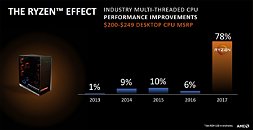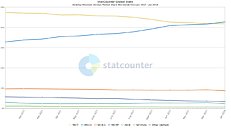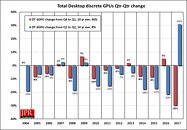
Kingston Technology Tops Channel SSD Market Share for 2023
Kingston Digital, Inc., the Flash memory affiliate of Kingston Technology Company, Inc., a world leader in memory products and technology solutions, today announced it has once again closed out a successful year maintaining the No. 1 spot QoQ. This consistent performance has resulted in securing a 23.8% market share in the channel SSD market for 2023.
Data gathered by TRENDFOCUS confirmed Kingston as the number one client SSD vendor in the channel for unit market share, with 27.4 million client SSDs shipped in 2023. Q4 alone saw Kingston's client SSD market share at 21.3% and 5.7 million units shipped. Continued effort in the development of high quality client drives like NV2, two options of Kingston FURY Renegade SSD, and KC3000 provide PCIe 4.0 NVMe solution for all, from the novice upgrader to power user who requires more from their system. Additionally in 2023, Kingston expanded its varied product lineup with XS1000 external and DC600M enterprise class SSDs.
Data gathered by TRENDFOCUS confirmed Kingston as the number one client SSD vendor in the channel for unit market share, with 27.4 million client SSDs shipped in 2023. Q4 alone saw Kingston's client SSD market share at 21.3% and 5.7 million units shipped. Continued effort in the development of high quality client drives like NV2, two options of Kingston FURY Renegade SSD, and KC3000 provide PCIe 4.0 NVMe solution for all, from the novice upgrader to power user who requires more from their system. Additionally in 2023, Kingston expanded its varied product lineup with XS1000 external and DC600M enterprise class SSDs.













